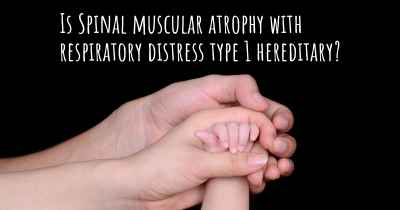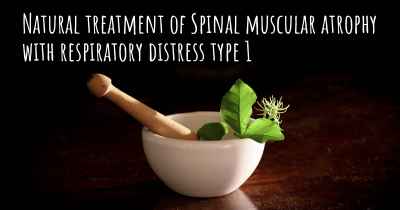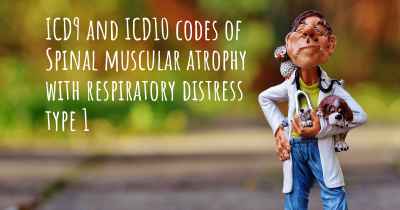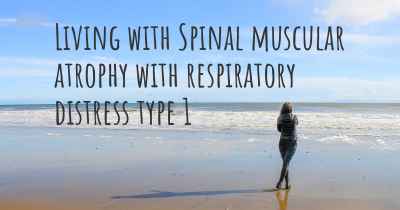Spinal muscular atrophy with respiratory distress type 1 prognosis
What is the prognosis if you have Spinal muscular atrophy with respiratory distress type 1? Quality of life, limitations and expectatios of someone with Spinal muscular atrophy with respiratory distress type 1.
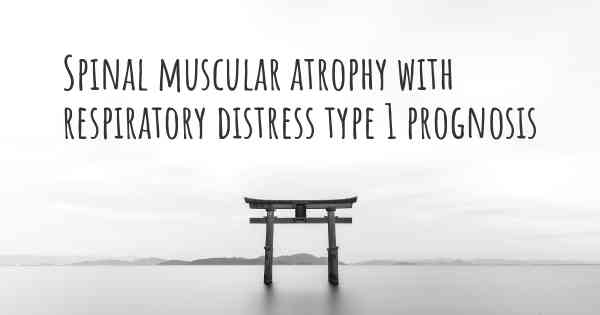
Spinal Muscular Atrophy with Respiratory Distress Type 1 (SMARD1) Prognosis
Spinal Muscular Atrophy with Respiratory Distress Type 1 (SMARD1) is a rare genetic disorder that affects the nerves controlling the muscles involved in breathing and movement. It is a severe form of spinal muscular atrophy (SMA) that typically presents in infancy.
The prognosis for individuals with SMARD1 can vary depending on various factors, including the age of onset, the severity of symptoms, and the availability of supportive care. However, it is important to note that SMARD1 is generally considered a life-threatening condition with a poor prognosis.
Infants with SMARD1 often experience respiratory distress, which can lead to respiratory failure and the need for mechanical ventilation. The progressive weakness and muscle wasting associated with the condition can also affect other motor functions, such as swallowing and limb movement.
Unfortunately, there is currently no cure for SMARD1. Treatment options primarily focus on managing symptoms and providing supportive care to improve the quality of life for affected individuals. This may include respiratory support, physical therapy, and nutritional interventions.
Due to the progressive nature of SMARD1, the prognosis is generally poor. Many individuals with SMARD1 do not survive beyond early childhood or infancy. The respiratory complications associated with the condition can be life-threatening, and the overall prognosis is often influenced by the severity of respiratory involvement.
It is important for individuals with SMARD1 and their families to work closely with a multidisciplinary medical team to manage symptoms, provide appropriate interventions, and optimize quality of life. Genetic counseling may also be beneficial for families to understand the inheritance pattern and potential risks for future pregnancies.
In conclusion, Spinal Muscular Atrophy with Respiratory Distress Type 1 (SMARD1) is a severe genetic disorder with a poor prognosis. While there is currently no cure, supportive care and symptom management can help improve the quality of life for affected individuals. It is crucial for families to seek appropriate medical support and genetic counseling to navigate the challenges associated with SMARD1.


